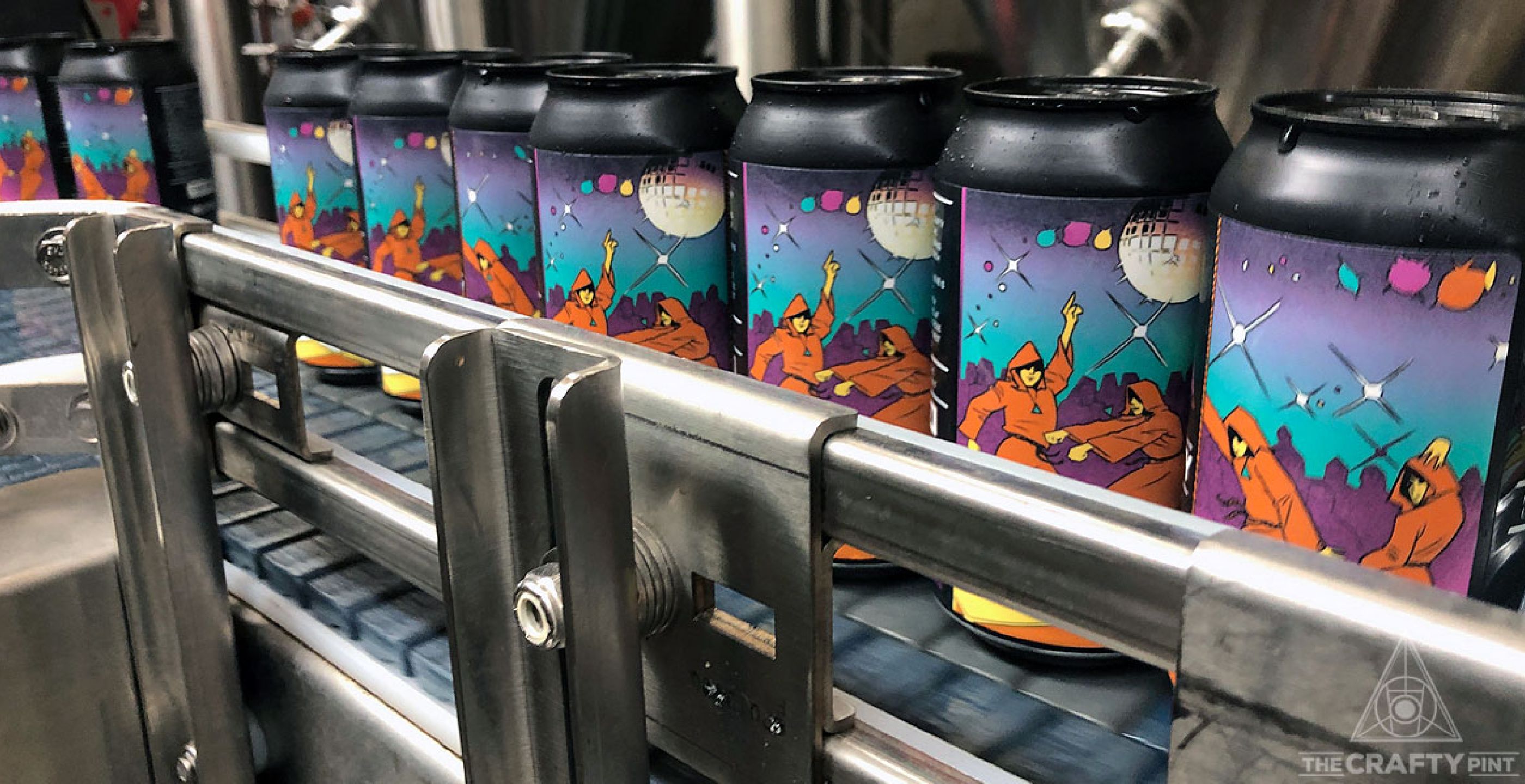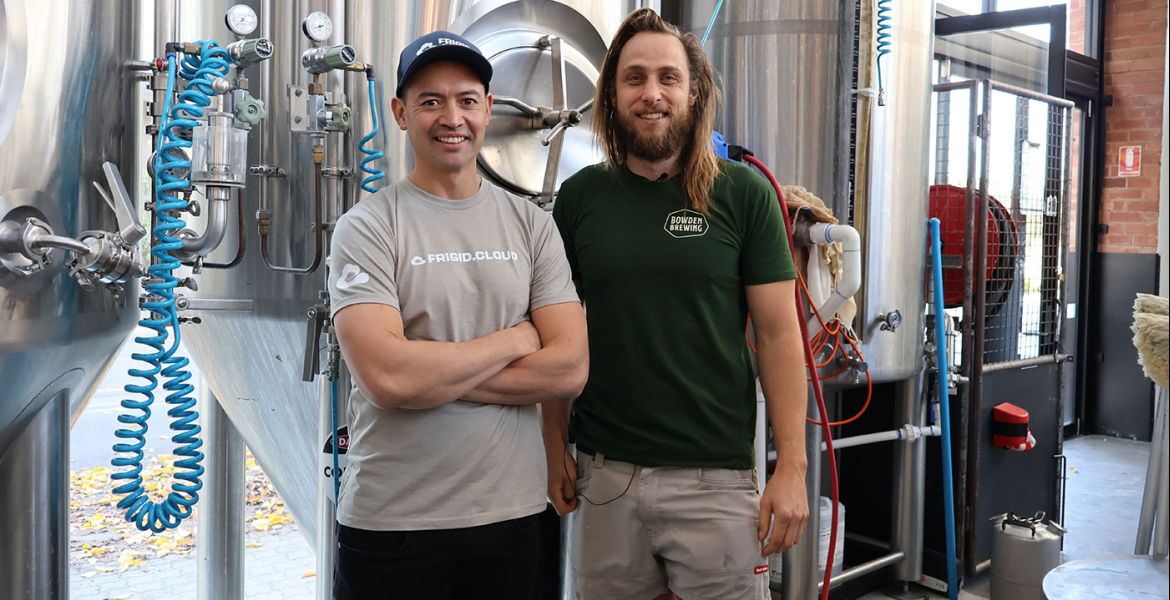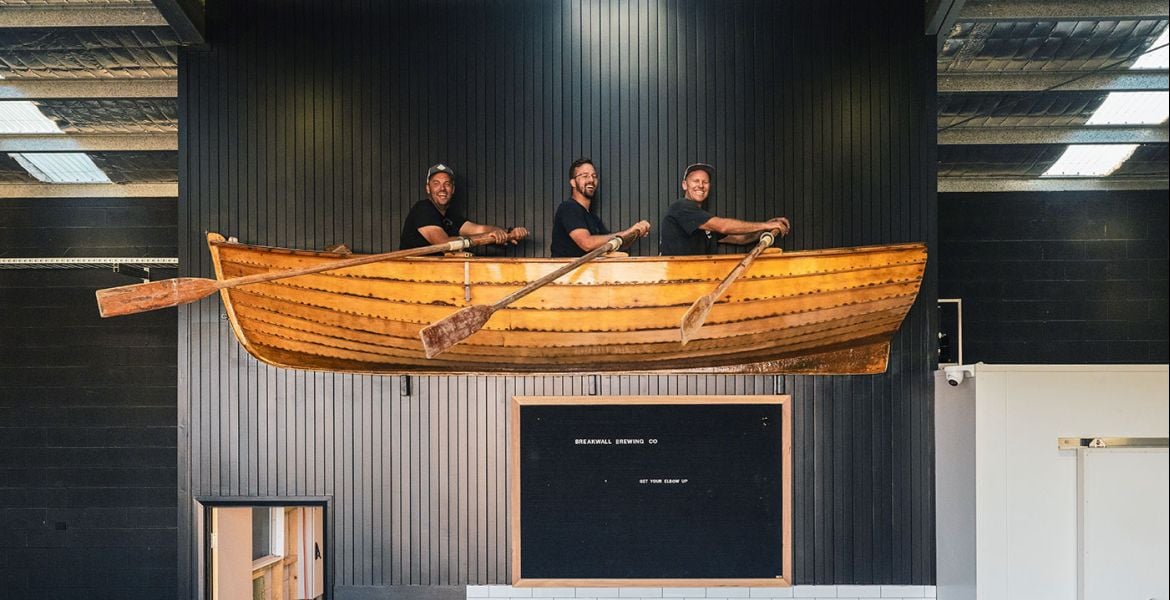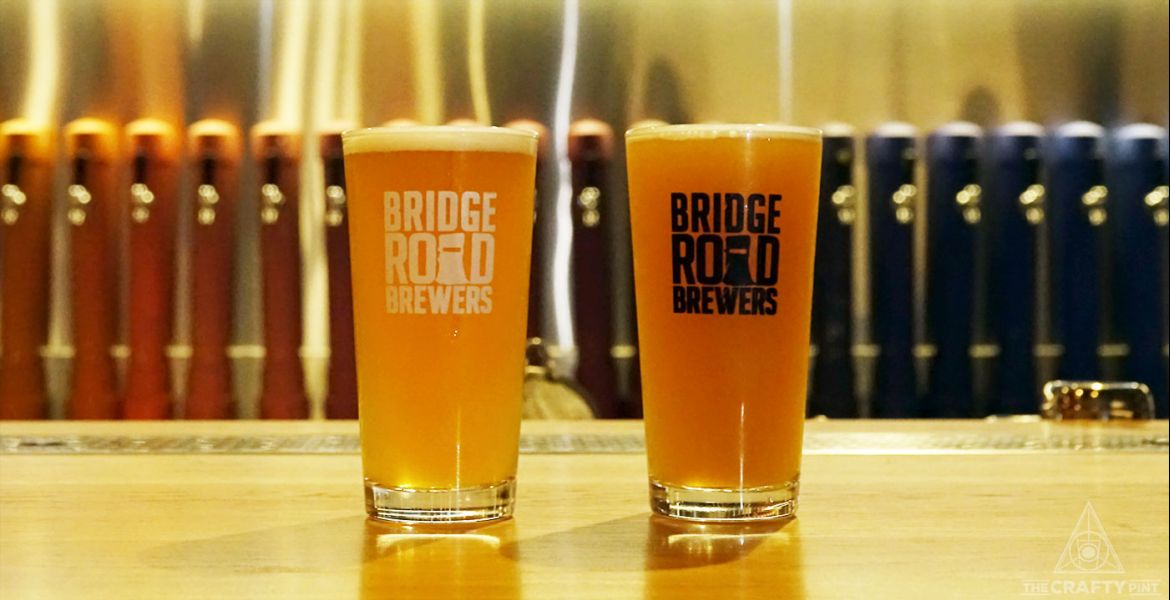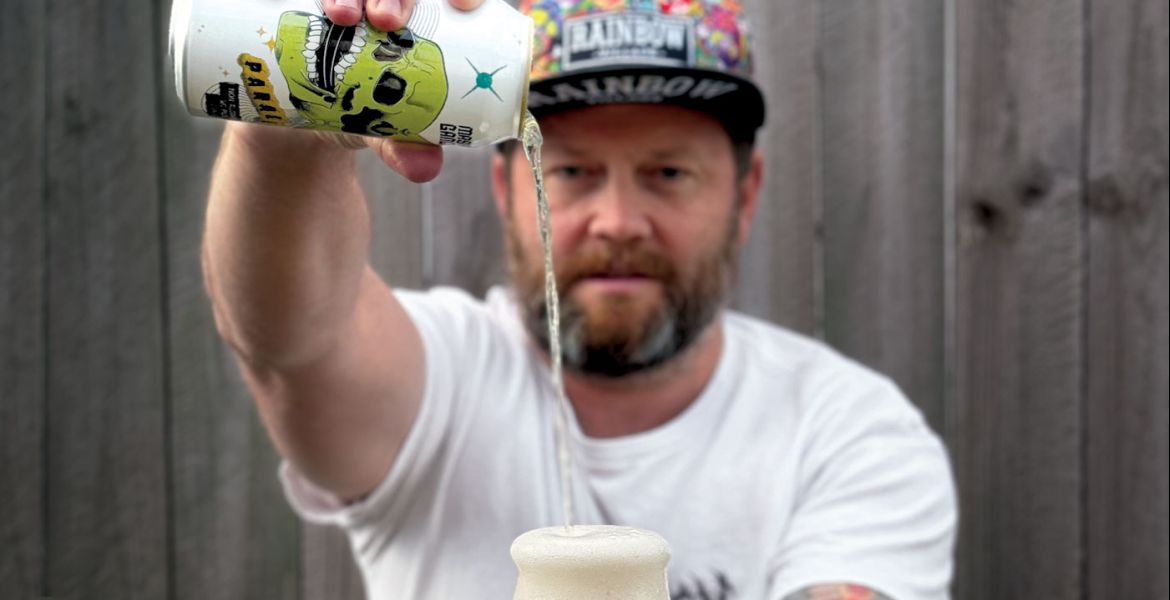A few years back, midway through one of our blind tastings, a pale ale sent to the Crafty team fresh from a well-regarded brewery's canning line caused confusion among the panel of experts we’d gathered for the evening.
The beer wasn’t good, but putting a finger on just what was wrong with it was far from easy. Whatever was up with the beer didn’t seem to fit snugly into any category of brewing or packaging fault – it simply wasn’t right.
After we published the results, one of the brewery owners got in touch for feedback, baffled as to our panel’s findings as other beers in the batch he’d sampled were as they should be. Remembering there was still one more can of the beer in one of the many Crafty Towers fridges, we cracked it alongside a can of the beer that had come second in the tasting and, if anything, this baffling pale ale – which had finished second last in the tasting – was tasting the better of the two a week or so later. How could that be?
Drinking a beer might be a simple act, but it's not an exact science – there are many factors that can account for one beer tasting different to another, including the drinker's palate, what they've eaten or drank beforehand, even the time of day.
But occasionally in the case of a "bad" beer it seems the culprit is less a case of brewing fault, more the fault of a can or bottle being cracked while the liquid inside is too fresh and impacted by some kind of packaging shock.
"Too fresh?" you might ask, given the industry's fondness for pushing the "Fresh is best" message. And, as someone who’s fortunate enough to have enjoyed the pleasure of trying a beer straight off the line, I understand where you're coming from.
Yet there are moments when a recently-packaged beer doesn't quite taste as it should. A pale or IPA might be a little dull – the hops not quite singing – but when the same beer is revisited a week later those hop aromas aren’t just singing, but dancing too. On the flip side – and holding onto this shaky metaphor a little longer – sometimes they’re singing a little bit too loudly and out of sync, creating a burn that tightens the throat (of which more later).
The issue of packaging or “bottle shock” isn’t an unfamiliar one in the world of booze – it's a common topic of discussion in wine. There, the phenomenon, which is also called bottle sickness, is considered a temporary one where a wine’s flavours can become muted or disjointed by the act of bottling, or following a shaky journey.
When I first started working on this story, although there was little if anything in the way of publicly available information on packaging shock in beer, I figured it wouldn’t take long to find a common explanation for what was going on. But talk to brewers about the phenomenon and the response ranges from: “There’s no reason that would be a thing” to “This is a thing: 48 to 72 hours of flavour suppression”. Even among brewers who do think it's a thing, there's no unifying theory of what's at the root of it either.
Turning, as I often do when I need help understanding complex brewing issues, to Dan McCulloch, I shoot off an email to ask what he thinks could be going on, or whether he’s seen much research on the issue.

Dan – best known as VB to most in the beer world – is technical manager at Lallemand Brewing for Asia Pacific, and his role sees him troubleshooting problems in support of the country’s brewers. One time we travelled up the NSW coast together in a motorhome and he bought me oysters. It was a great time, which you can read about here.
Dan calls me not long after I hit send on the email...
“It’s definitely a thing,” he says.
“The science I don’t know but it would be a good American Society of Brewing Chemists paper.”
He goes on to explain that he too has found recently-packaged beers to be a bit dull and says it relates more to complex beers, those with more elements at play when it comes to malt, hops and haze. It’s this factor that leads Dan to think it’s likely a result of chemical bonds, and chemicals becoming unbonded during packaging, which requires time to be corrected.
He's seen it in pasteurised beers a bit too, but it's not solely in craft beer that's pasteurised that he's picked it up. It turns out it's something he'd love to see studied, the sort of research in which you'd want to run a lot of tests. Was it a pasteurised hoppy beer? Was it shipped and stored cold or ambient? What kind of hopping rates are we talking about? And what other aspects of a beer’s recipe might lead to such issues?
It’s certainly not a subject only Australian brewers are aware of either; in researching this article, an American brewer let us know they don't test anything they brew – whether that's beer, cider or seltzer – for a full week after it’s been packaged.
In Australia, another brewery that considers it a real thing is Gage Roads, one of the country’s largest independent operations, and one that's often seen as an industry leader when it comes to quality and consistency (something that will have helped them to top spot in our most recent blind tasting).
Clare Clouting is operations systems manager at the WA brewery, on the Independent Brewers Association board, and co-founded the Australian Brewing Interlaboratory Reference Analytes (BIRA), which provides laboratory tests for small brewers.
Clare says they call it bottle shock and typically see it manifest as a "cooked or sulphury characteristic". It's apparent more in hoppy beers and those with more complex or highly-kilned malts, although they’ve seen it less after moving from tunnel pasteurising to an in-line process. While they aren’t entirely sure why it happens and agree it's an area that requires more study, they do have theories, including how putting beer into a pressurised package forces some reactions to occur related to swallowing up the package’s remaining oxygen.
“These reactions temporarily throw out the balance of the beer until it has time to complete the process and equilibrate,” Clare says.

She thinks carbon dioxide could also play a role since it does impact flavour and aroma perception and could therefore dampen some sensory characteristics until the product has settled; with newer hazy and juicy styles of beers still containing yeast, that too could play a part.
“Changing environment from tank to a high pressure, low CO2 package may lead to yeasts releasing or dumping certain compounds, which may affect the flavour [and] aroma or give off autolysis-like characters,” Clare says.
It’s not just brewers who have thoughts about holding onto beer a little longer either. James Lorimer, who runs the bottleshop at Perth’s Besk, says it’s an issue he’s noticed for some time.
“It’s super interesting, I could bang on about it all day,” he says.
“I don’t think the whole ‘fresh is best’ or ‘drink it on the can date’ is necessarily the way to go always.”
James says, as a general rule, the heavily-hopped and the hazy need around two weeks to settle down.
“It gives time for everything to come together and it’s like wine,” he says. “When you bottle wine, you get a bit of bottle shock and you need a week or two for it to just settle down.
“I think two to six weeks is a good window for when a beer should really be singing.”
Adding to the complexity of the issue is that James feels it’s not a universal rule. While he does believe it’s common for hazy IPAs to need time, he's also tasted beers from breweries mere moments after they've been packaged that taste great.
“It’s hard because some beers can be incredible the day they’re canned, but I think there are far less that are actually like that,” he says.
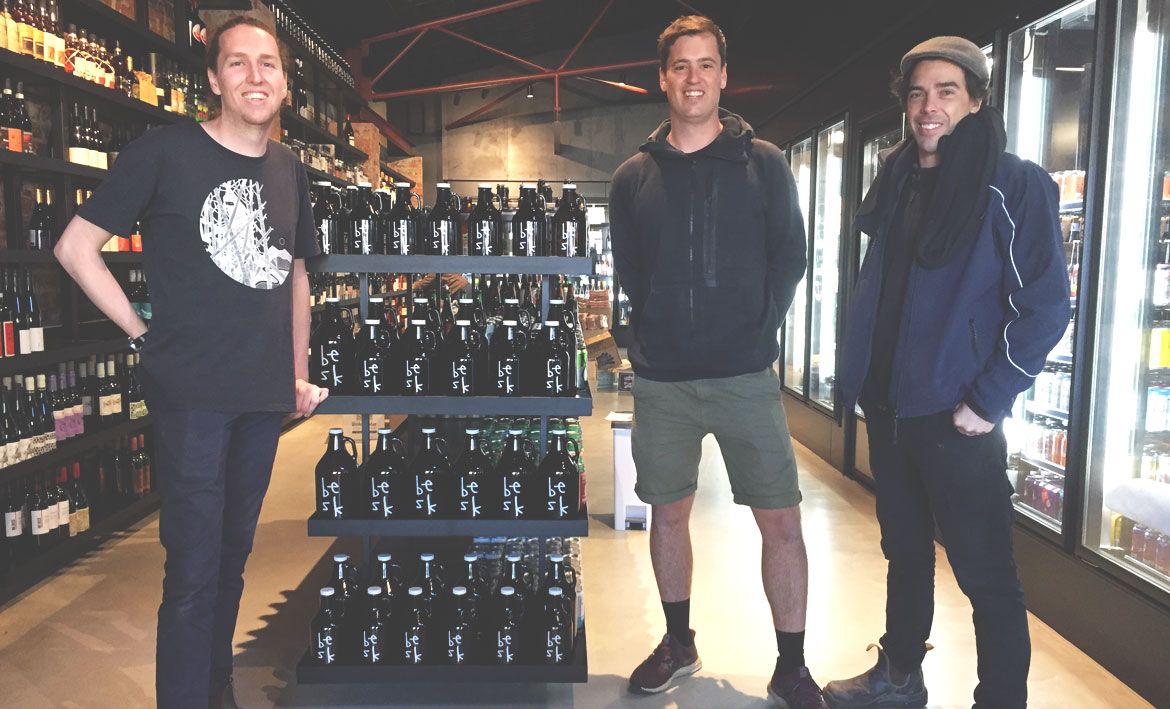
Mitch Pickford, head brewer at Brisbane's Range Brewing, says flavour issues relating to packaging shock are something he’s found in both hazy and West Coast IPA styles. He thinks this can come down to a failure to condition them properly ahead of release, something that can be a necessity for breweries dealing with capacity constraints and high demand, although he suggests it could be down to the brewer's preference too.
“If you’re getting beer through quite quickly and not giving it enough time in the tank then you’re definitely going to see that pack shock,” he says. “Because, essentially, you’re trying to force it to be done when it’s not done.
“I think that can be due to people trying to package beer a little bit too early because they’re strapped for time or they’re just like, ‘This is how it’s meant to be’.”
In Range's case, they now let their beers sit for close to a week before release, which also allows them to hold concurrent releases at their Newstead brewery and Abbotsford venue. When it comes to personal preference, however, Mitch says he tends to enjoy his heavily dry-hopped beers around a fortnight in.
“I think probably two weeks is ideal after a beer’s been packaged,” he says. “Two weeks after is when I think it’s going to be tasting its absolute best.”
Adding to the argument against fresh always being best is the issue of “hop burn”. This is where hazy beers present less as juicy and more as astringent – the experience can be closer to biting into a hop flower rather than enjoying its delicate aromatics – and is a term often thrown around in the beer industry both here and overseas; it's an odd outcome given the focus put on drinking such beers as soon after packaging as possible when they started rising to prominence.
The causes of hop burn are sometimes considered to be the result of a beer not being conditioned properly before being packaged, poor use of hops, the use of a particular combination of hops, or simply too many hops being used in a brew. But, as some brewers and even drinkers will attest to, it's a quality that can disappear over a short enough period, leaving the other hop characters intact.
“I think particularly with hazy beers they benefit from some time in the can,” James says, adding that while he understands the need for breweries to release beers at pace, whether that’s for cash flow or to build and maintain hype, he thinks quality issues beyond hop burn can be solved by brewers holding products longer before sending them into retail.
“If you have any issues then you are going to find them in that time,” he says. “Breweries rush a hazy out to market and then in a few weeks it’s going brown.”
Of course, in the world of unlimited limited releases, that can be easier said than done; James points to how quickly bottleshops and venues often demand new releases – and how eager many drinkers are to get their hands on the latest beers.
“Everyone eggs each other on; the brewery hypes something up, people want it, so the brewery releases it straight away and then the customer is pounding on the bottleshop door,” he says.
“In WA, it’s almost like a beer is canned that morning, people follow the delivery truck to the bottleshop and go, ‘Sick, I’ve got the first four-pack and it’s the freshest!’.”
With flavour such a subjective matter, and our relationship with beer so personal, there’s also the fact some people might prefer a slightly green or hotter character from the hops in their IPA. James says he’s seen posts on social media where people rave about a bitter but hazy IPA and wonders if that’s the astringency he considers to be hop burn rather than the bitterness more commonly associated with West Coast IPAs.
“I read that and go, ‘It shouldn’t be bitter, it’s meant to be juicy and soft and easy-drinking.’ I think a fair few of our consumers don’t care about hop burn. There’s an element of their palate that’s accustomed to it.”
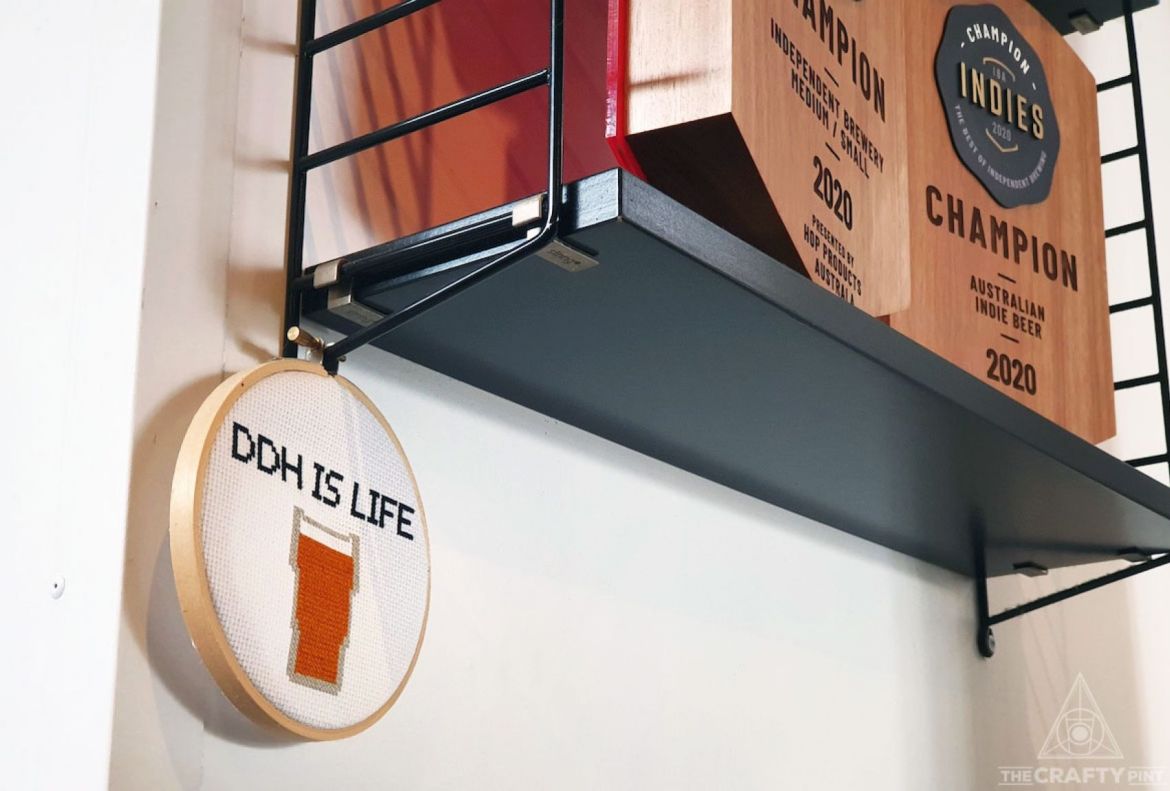
Mitch agrees that, for some, hop burn is seen as an appealing aspect, and believes the current grams-per-litre dry-hopping arms race can be a contributing factor.
“A lot of people drink those beers and think, ‘This is so awesome, it’s so fresh, I feel like I’m tasting the hops’,” he says. “But I don’t want that; I don’t want to be drinking hops, I want to get the flavours of hops, I don’t want to be eating them.”
Chris Farmer, founder and head brewer at Melbourne’s Mr Banks, is another brewer whose hazies regularly attract a lot of love. He echoes some of Mitch's points while adding that other popular brewing techniques can impact hop burn too.
“DDH beers especially need hops added during fermentation, so the beer sits on hops longer than in beers that are dry-hopped during conditioning only," he says.
“We have only just recently dialled back some of our hopping rates and changed our hopping methods slightly to also help with this and are seeing better results.”
Chris says they view the ideal window for their beers as being around seven days to four weeks.
“I think our beers are generally better a few weeks after packaging. Fresh is great, but everything mellows and melds together, we believe, with extra time.”
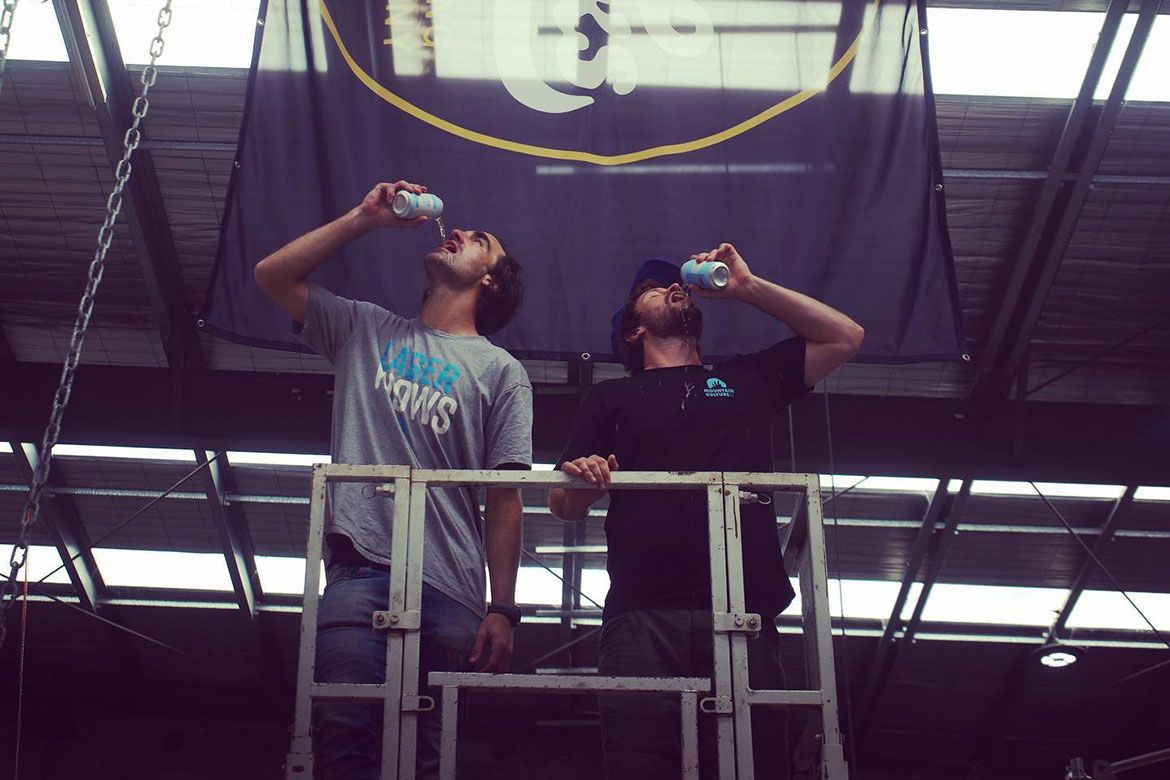
It might be an odd thing to say, considering Mr Banks have released beers called The Drop the very day they’ve been packaged, then driven them across Melbourne to get them directly into eager fans' hands, but Chris says The Drop releases are given longer to condition before packaging and, even then, he’s noticed they can still possess a bit of bite.
It’s something he's picked up in cans he’s had overseas too, and is a challenge he believes can be overcome with the use of a centrifuge, something they hope to be able to invest in for their Seaford brewery.
Since installing one at Range in August last year, Mitch says the period in which such beers might be impacted by packaging shock has been cut.
“We are able to actually spin the hops out of the beer and that’s done a lot in terms of having less time to get rid of the pack shock,” he says. “It just comes down to making sure you just have the cleanest possible product.”
As to the wider issue of packaging shock, given how little solid research seems to have been done, let's open the floor to readers. Have you experienced it? What do you think is causing it? If you've got theories, I'll take them, no matter how wild.
Dan, who's a bit more rigorous in his requirements, would love to see a PhD student or researcher really get stuck into the subject.
“It’s definitely something that could be a study that could look at if it’s real," he says, "or all just our minds playing tricks on us.”



